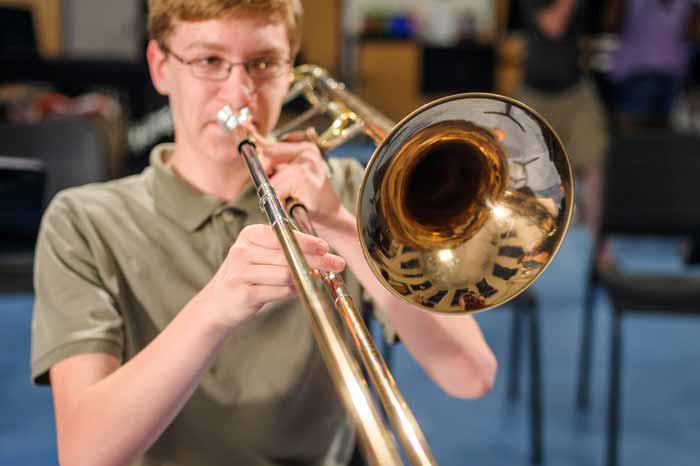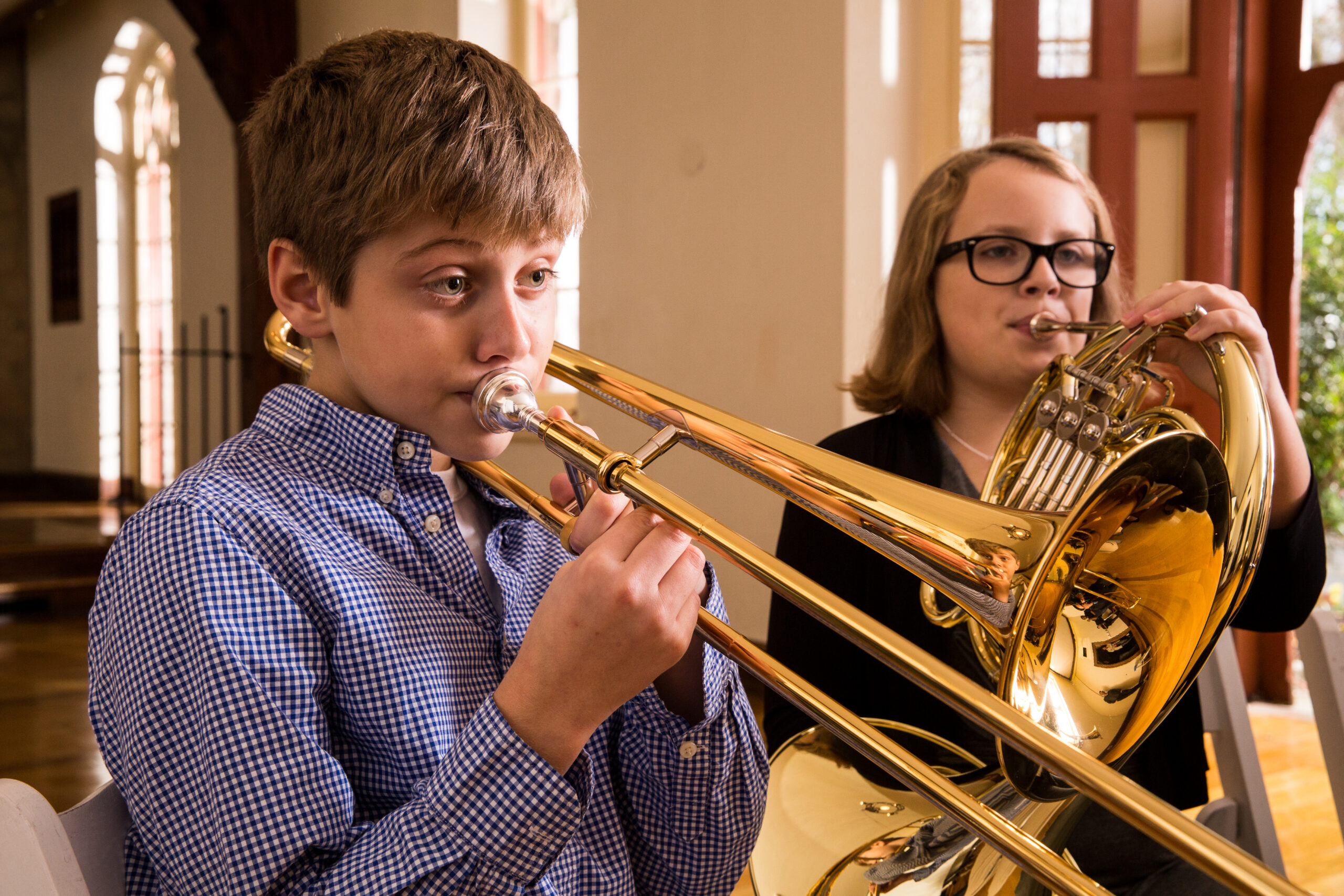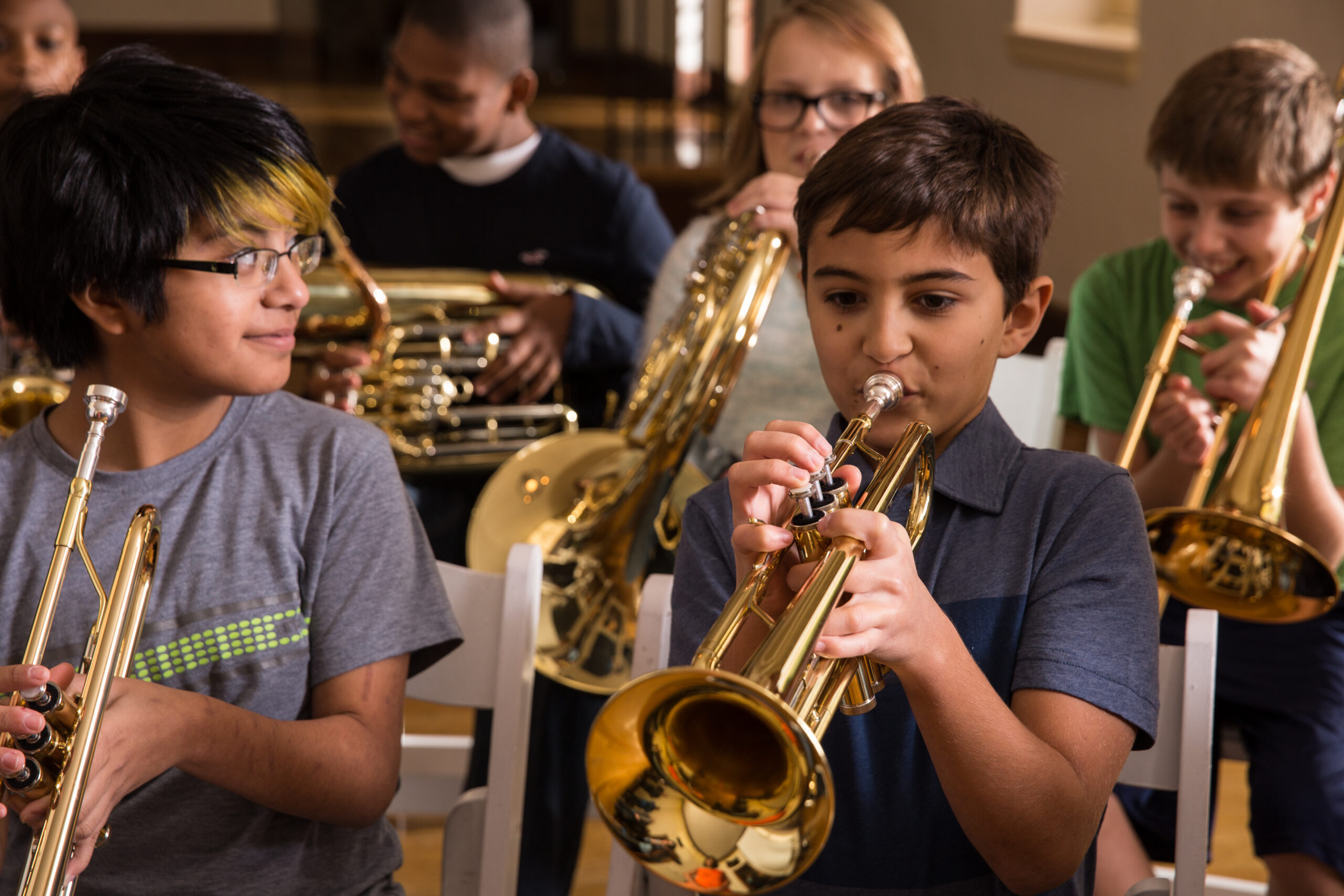July 29, 2015
The Anatomy of a Trombone Mouthpiece


Every trombonist should have a fundamental understanding of their instrument’s mouthpiece and how it works. Whether it’s through experimentation, independent research, or time spent with an instructor disassembling and reassembling your instrument, the key to finding the perfect mouthpiece for your trombone is in understanding the different parts and what they do. From the rim to the throat, we’ll discuss the different parts of a trombone mouthpiece, give you insight into what they do, and provide additional information that’ll help you purchase the perfect mouthpiece for your trombone.
The Rim
The rim is the round edge of the mouthpiece that you press your lips against to play your trombone. Since it’s the part of the mouthpiece that comes in contact with your lips, it’s one of the most crucial parts to consider. Rims with flat contours allow even lip pressure across its surface, and most trombonists find that flat rimmed mouthpieces are more comfortable to play than those with a rounded rim. Since round rim mouthpieces allow the lips to easily move back and forth in the cup, they’re more flexible in nature than flat rimmed mouthpieces. They also require more lip pressure and muscular lips to play. For these reasons, a good middle ground is a medium-wide rim with a semi-rounded contour. This type of rim will be comfortable to play, but will still provide the lip movement needed to produce a wide range of tones.
Cup
The cup is the area of the mouthpiece that the trombonist blows into. In general, the larger and deeper it is, the darker and louder the tone will be. Larger cups require more control, which can quickly tire a trombonist out. In contrast, the smaller and more shallow a cup is the brighter the tone will be. Shallow cups also require less effort to play and can help a trombonist improve their control and response. If you’re thinking about trying out a shallow mouthpiece, be sure not to go too shallow, as very shallow mouthpieces can ill volume and flexibility. When choosing a cup depth, keep two things in mind: the pitch, and the situation of the trombonist. If your lung power and lip/teeth anatomy allow you to play a deeper cup, this is usually recommended. For personalized information, speak with your music instructor about whether they think a deeper cup is right for you.
Backbore
The backbore is the chamber that transfers your breath to the horn. Depending on the size and shape of the backbore, the sound produced can be brighter or darker, lower or higher in volume, and lower or higher in pitch. A backbore that’s well designed maintains good intonation throughout the instrument’s range. The type of backbore preferred by most trombonists is one that’s not too large or small, with a smooth, somewhat curved taper from the throat to a well-rounded, even backbore. While important to the sound, feel, and performance of the trombone, most trombonists find that a mouthpiece with a medium cup and rim straight from the manufacturer of their trombone suits them well. As with any mouthpiece or accessory, experimentation is key.
Throat
The job of the throat, or the opening leading out of the cup, is to let you push air out of the cup and concentrate it into a stream with the right amount of back pressure. The bigger the throat, the harder you have to blow. Similar to the cup, larger throats also produce more volume and require more air pressure from your lungs. For some trombonists, this pressure is too much and they feel like they need to play with a smaller throat. While this is perfectly acceptable, avoid playing with a throat that’s too small, as it can choke your tone and produce an uncomfortable amount of back pressure. Most manufacturers design the throat to complement the cup and backbore design, and slight differences among these elements can have a big impact on sound and playability. Therefore, it’s important to experiment until you find the mouthpiece that’s right for you.
Buy Trombone Mouthpieces at Music & Arts
At Music & Arts, we’re dedicated to bringing you one of the largest offerings of professional band and orchestral instruments, products, and accessories in the world. As a one-stop shop for students, parents, and educators, you’ll find trombone mouthpieces from some of the top manufacturers, including Giardinelli and Yamaha. Remember, when selecting a trombone mouthpiece you should take the musician’s skill level and desired sound into consideration. If your child is a student, a great place to start is by speaking with their music teacher or band instructor.
photo via Piers Nye, CC







